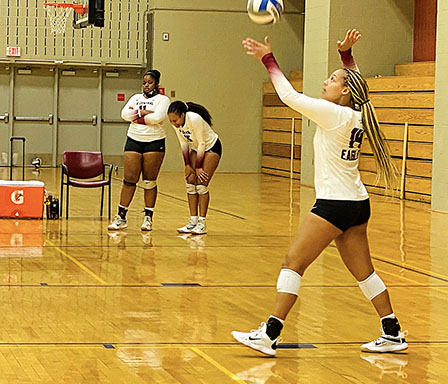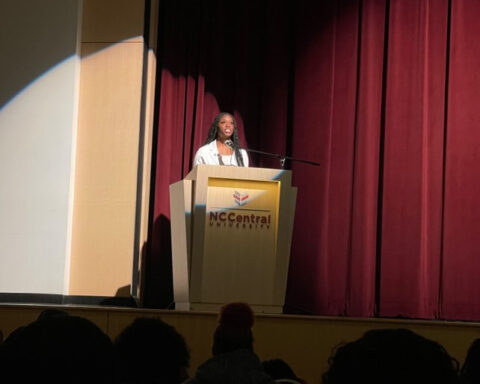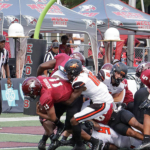PHILADELPHIA — New research from the Children’s Hospital of Philadelphia suggests that young female athletes who suffer concussions have longer recovery times than their male peers, but not because of differences in strength or hormones as some experts have speculated.
Rather, it’s because girls tend to take longer to seek or get specialty medical treatment for their injuries, according to the study published this month in the Clinical Journal of Sport Medicine.
The reason for that delay, said lead author and CHOP sports medicine specialist Christina Master, may be related to the differences in medical coverage during practice and games for girls’ sports, which are often considered lower risk than boys’ sports.
“It is possible that the lack of athletic training coverage at the time of injury may affect the time to concussion recognition during the first critical hours after injury,” said Master, a senior fellow with CHOP’s Center for Injury Research and Prevention.
“This period is a window of opportunity where specific clinical management, such as immediate removal from play, activity modification, and sub-symptom threshold exercise is correlated with more rapid recovery,” she added.
Master and her fellow researchers analyzed records of 192 student-athletes between ages 7 and 18 who were diagnosed with a sports-related concussion and seen by a sports medicine specialist.
The median number of days for girls to be seen by a specialist was 15, while it was nine days for boys. Delays in getting specialized care after a concussion– especially more than seven days — have been linked to longer recovery times.
Previous research has found girls often have longer recovery times from concussions than boys. In this study, the girls took longer to recover on average than the boys on five specific measures, the researchers found.
The female athletes returned to school later — four days vs. three days for boys. They returned to exercise on average in 13 days compared with the boys’ seven days.
The girls’ neurocognitive recovery took 68 days as opposed to 40 days for the boys. The girls’ vision and balance recovery took on average 77 days rather than 34 days, and they returned to full participation in their sports much later. On average, the girls got back to play in 119 days rather than the boys’ 45 days.
However, when the researchers looked only at the boys and girls who got specialty care within seven days of their injury, those differences in recovery times disappeared.
“There is speculation in the scientific community that the reasons adolescent female athletes might suffer more symptoms and prolonged recoveries than their male counterparts include weaker neck musculature and hormonal differences,” Master said.
“We now see that delayed presentation to specialty care for concussion is associated with prolonged recovery, and that is something we can potentially address.”
One care factor that can be improved upon is recognizing more quickly that an athlete may have a concussion.
The study notes that in sports where girls often have the highest rates of concussion — soccer, basketball, and cheerleading — there is generally less sideline medical coverage for games and inconsistent coverage for practices. In contrast, the researchers wrote, “many high school leagues require athletic training coverage at all football and ice hockey practices and games.”
In addition, the study noted that National Athletic Trainers’ Association guidelines classify some of the most common girls’ sports as moderate risk for concussions as opposed to sports like football and men’s basketball that are deemed higher risk and have more stringent concussion recommendations, such as having a certified athletic trainer present at events.
High school teams are not under the same federal equal treatment requirement as colleges. Having the same level of medical coverage for girls’ and boys’ sports would cost schools more money, but it could have a significant impact on players’ health, Master said.
Story by Rita Giordano
The Philadelphia Inquirer

















